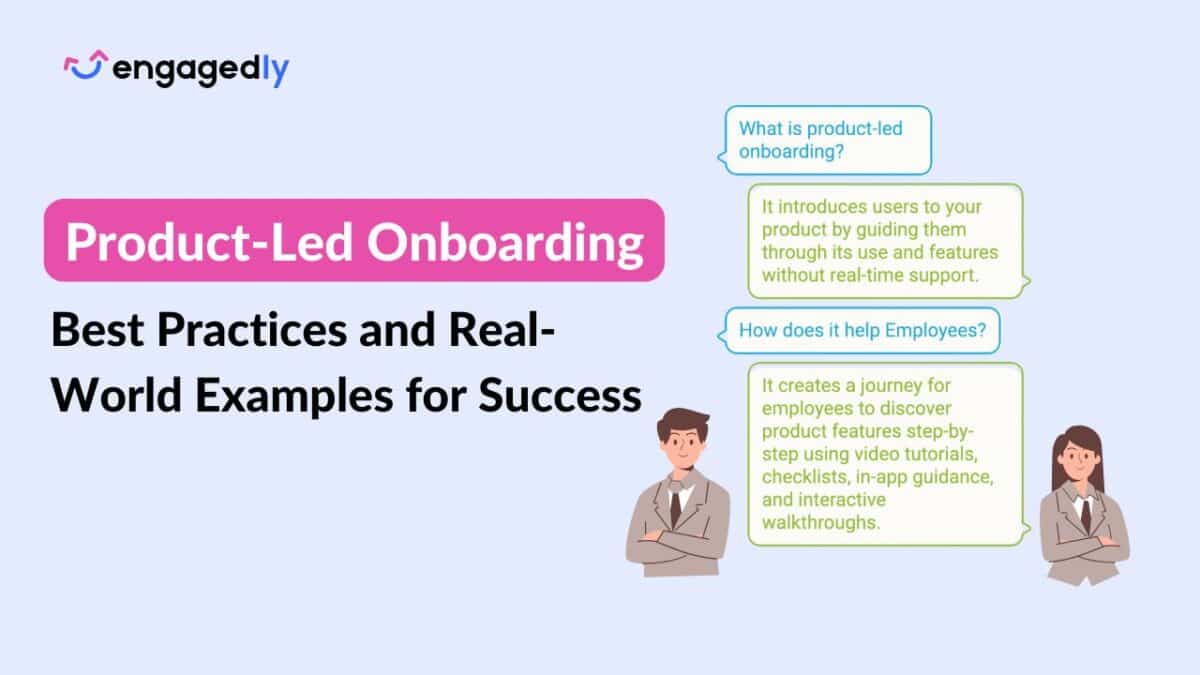We are almost half-way through 2021, and in most countries employees are still working remotely. Remote working has become a norm in today’s world. Given the current scenario, it’s necessary that you have an effective employee check-in strategy in place. Essentially, employee performance check-ins are one-on-one conversations between managers and employees about their goals and objectives and their performance plans.
The check-ins help you gain an understanding of what your employees are working on and the issues they face from time to time. It will help you resolve it without having to wait for annual performance reviews.
The basic process for conducting an employee performance check-in is that managers and employees typically meet for a few minutes and have a quick chat over the work that has been done over a particular period of time. Alternatively, it can also be carried out in the form of a structured questionnaire, which can then be followed up by a video chat. Effective managers use employee check-ins to gain insight into how their direct reports work, what works for them, and what needs to change. Employee check-ins require you immediately to acknowledge the issues addressed and act on them.
In this article, let’s find out about the best practices for employee check-ins. If you want to make the most of employee check-ins, there are a few areas you need to focus on.
Decide the Purpose
Always have a clear agenda for employee check-ins. Understand and communicate what is expected of your employees through these check-ins. Decide on their objectives and key results and agree on expected deliverables of your employees. Be clear and specific. The check-in form shouldn’t take more than 15 minutes for your employees to fill out.
Frequency Of The Check-Ins
It is important to have an employee check-in based on your organisational needs and business cycles. This frequency also depends on the department. For example, the engineering team might need an employee check-in every week because of the major weekly updates in the product, while the support team might need it once every two weeks. So depending on the performance cycles and the agendas of different teams, the frequency of employee check-ins also changes.
Give Them Feedback
Depending on the employee check-ins, managers understand and plan a few things about their employees. Give them feedback based on their check-ins on what behaviours they should continue to demonstrate and what behaviours should be modified so that they contribute to organisational success. Providing frequent feedback on this is vital.
Employee Development Is The Priority
Track employee development and understand their areas of expertise. You can utilise this opportunity to understand where they need help and how as an organisation you can provide support for employee development. You can even encourage your employees to come up with an actionable plan for their development.
If you wish to know how we at Engagedly can help you manage your employees better, request for a demo.
Request A Demo
Gabby Davis
Gabby Davis is the Lead Trainer for the US Division of the Customer Experience Team. She develops and implements processes and collaterals related to the client onboarding experience and guides clients across all tiers through the initial implementation of Engagedly as well as Mentoring Complete. She is passionate about delivering stellar client experiences and ensuring high adoption rates of the Engagedly product through engaging and impactful training and onboarding.






